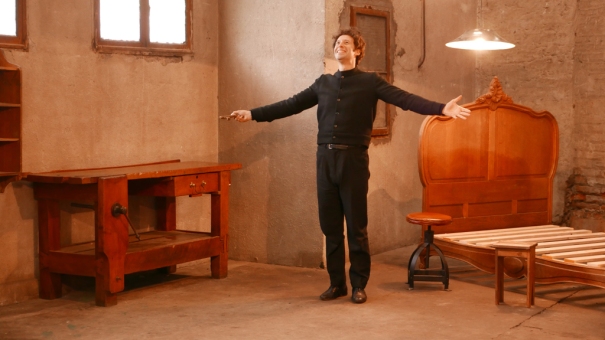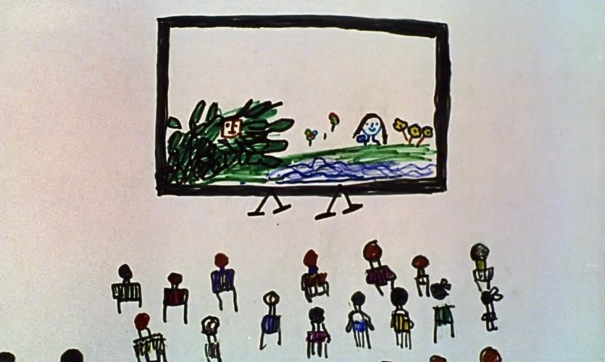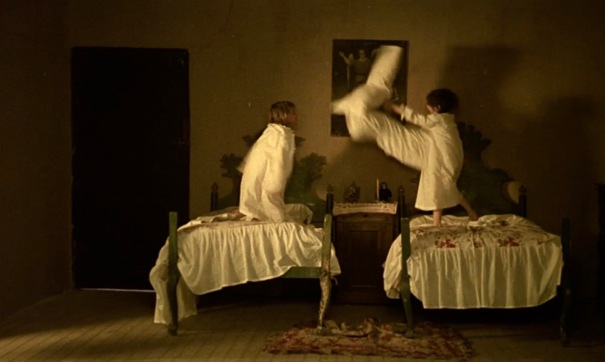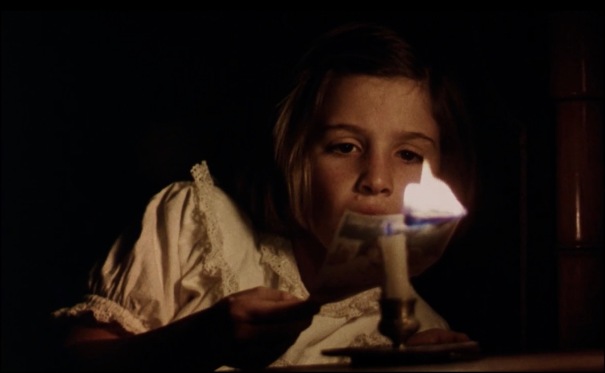
There is a term in boxing called “pound-for-pound” whereby a boxers rank is determined by his physical achievement in relation to his size. The best pound-for-pound fighters do the most with the least and while their stature may be small, the power and heart they exhibit during a fight outweigh it. If there is a stylistic equivalent to a pound-for-pound fighter in movies, I can’t think of a more fitting title-holder than Finnish director Aki Kaurismäki.
Since the beginning of his career, his cinema has been defined through a simplicity in style, dialogue, and emotion that is delightful and rich for some, but distant and opaque for others. It features lighting that can best be described as sparse and dialogue that is curt and aloof, most of it to comic effect, but also revealing deep insights into the character’s lives and emotions. I spoke much about Kaurismäki before here, and why I felt his movies not only do the most with the least, but why his idiosyncratic style is difficult to absorb at face value and not as easily digestible as his Western European counterparts, but yet, behind the coy and jokey design his films are draped with, he is a filmmaker with immensely bold and important ideas.

With his latest film, The Other Side of Hope, Kaurismäki is his most unabashedly political and humanist. While his previous films, including Le Havre which dealt with very similar issues, nodded and prodded at societal undercurrents of Finland and Europe as a whole from the corner but disguising it with his signature façade of quirky deadpan humor, his latest offering doesn’t hold back punches. That’s not to say he strays anywhere near Ken Loach territory of melodrama-as-personal-statement, but Kaurismäki is undoubtedly the most fired up he has ever been about the current state of Finland.
Much like another 2017 film, Andrey Zvyagintsev’s Loveless which uses a parent’s divorce and missing child as an allegory for life under Putin, Kaurismäki utilizes a refugee story and a businessman’s redemption to channel politics, economics, and culture within Finland.

Khaled is a Syrian immigrant, whose first appearance in the film is at the opening series of shot, with him slowly peeking his head out from under a pile of coal and casually walking away, caked in soot. His journey to Finland was anything but clean, and in one of the film’s most heartbreaking moments, he recounts the entire journey to a Finnish immigration officer. “I didn’t choose to come here” Khaled simply says at the end. He is looking for his sister who is the only family member left alive after a bomb massacred the rest of them in Aleppo. “ISIS, Kurds, Syrian government, USA, Russia, Hezbollah… it could have been anybody.” Many monster movies in Hollywood fashion the tagline “Whoever wins, we lose.” Khaled, and many other Syrians live that reality every day, and it’s not cool or exciting to watch. This is probably the most a Kaurismäki character has ever talked in one setting, but it indicates the importance Kaurismäki hold for the words of refugees, and for the director to break his style of undescriptive dialogue for this character, speaks volumes about his moral compass as a filmmaker.
While Khaled tries to find his footing with no money nor identification, the other central character in the film, a cold business investor named Wikstrom, who is recently divorced, buys up a restaurant and its staff with a large sum of money he won in high-stakes poker. He is incredibly savvy in the business world, and cutthroat as well. We realize from the beginning, after they arbitrarily come across each other on a deserted road in the first 10 minutes and promptly part ways without a word, that both Khaled and Wikstrom are destined to meet up once again. The dichotomy of these two characters is that between an established, wealthy national citizen and someone who has just arrived and is scraping by. They also represent the old and new visions of the director with Wikstrom’s restaurant venture providing the light-hearted brevity we have come from know and love of Kaurismäki’s cinema, while Khaled is the cipher for a new path of political commentary he is embarking upon.

Wikstrom knows the lay of the land when it comes strictly to business, but he is not savvy to the political climate of the nation. When his workers ask for a high salary, he retorts they will get “union wages… whatever they are.” He is also easily duped by them in a hilarious sequence where the front-end host sweet-talks Wikstrom into a couple of extra Euros. He then steps out and signals to the other two employees a look which says “yeah, he’s a sucker” and the waitress promptly goes in to pinch a few easy bucks from him as well. Wikstrom’s uptight business attitude belies his vulnerabilities to dealing with people, and contributes to his complexity as a character and sets up for his encounter with Khaled.
That Wikstrom would find Khaled sleeping near the dumpsters outside his restaurant, get into a fist fight with him, and promptly offer him a job may be a naïve idealist dream, but it does make one thing clear, Kaurismäki refuses to brand people in his films as good or bad. In fact, the only characters in the film who end up being one-sidedly evil (because that’s the only factual and realistic way to portray them) are the Neo-Nazis who tussle with Khaled several times throughout the movie. In a comedic film, the presence of these figures feels like a jolt to the system. Kaurismäki’s inspiration here seems to come from Chaplin’s The Great Dictator. In that film, the Jewish barber is inherently a comedic character, but in one sequence, he is being lynched at a streetlight by Nazi sympathizers. It’s a terrifying scene because it is sandwiched between comedic hijinks. Even the event itself is poised as a “funny bit” with the Nazi’s not being able to tie the rope properly and Chaplin falling down and bonking one of them on the head. Kaurismäki recreates a similar mix of terror and comedy when the Nazis follow Khaled outside near an alley and attempt to pour gasoline on him and light him on fire when a homeless man smashes a beer bottle on one of their heads and sends him for a loop.

Racism themes are treated in Hollywood with tear-jerking patronization and an ironic silencing of actual minority voices by posing it as a “both sides issue”. They are also hilariously considered brave and moving and are automatic awards hogs, like Martin McDonaugh’s disgustingly bad Three Billboards Outside Ebbing, Missouri. Kaurismäkis is a welcome antidote to the trivialization of these important topics, and his ability to create moments of such great power and emotion, and an unmistakable clarity in right vs wrong, from unassuming and often detached characters and situations inherent in his style is what makes The Other Side of Hope a remarkable achievement and the must-see film of 2017.










